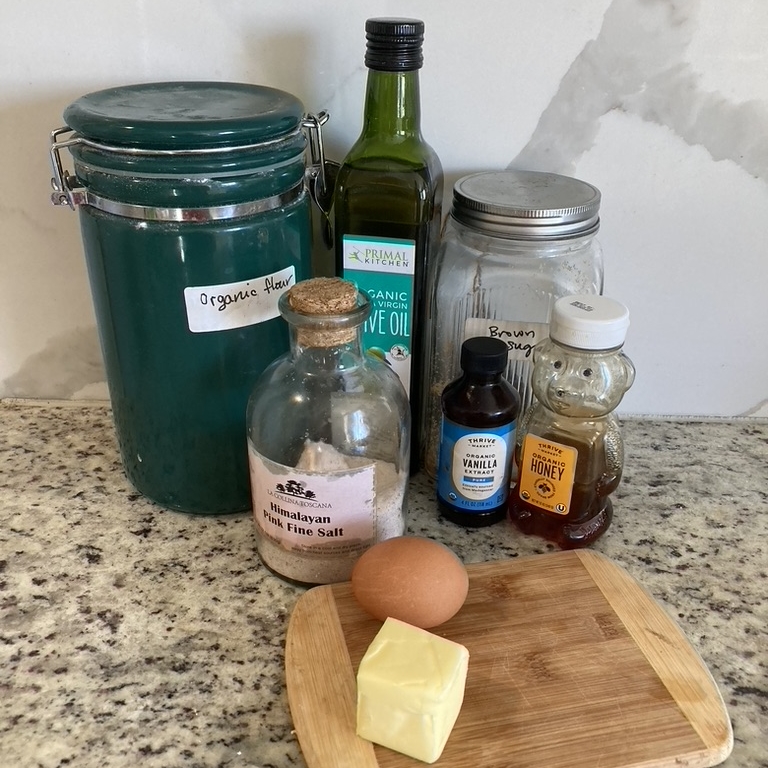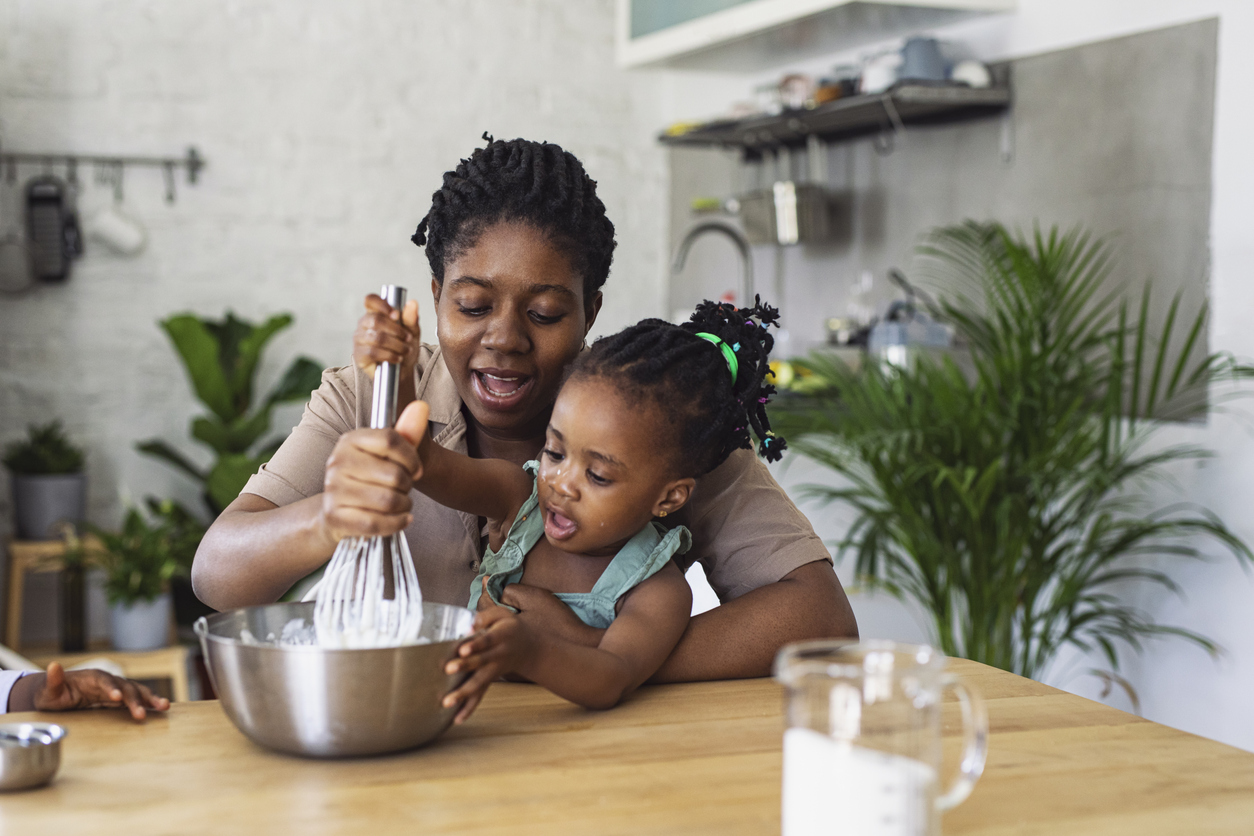Shhhh. What’s that sound I hear? You don’t hear a sound, you say? Well then, it must be our friend—silent E!
Silent E (sometimes referred to as magic E) is when you find an E at the end of a word, hanging out, you guessed it, silently. But its real power lies in how it changes whatever vowel comes earlier in the word. The preceding vowel changes from a short vowel sound to a long vowel sound. What does that mean? Well, the long vowel sound is when a vowel is pronounced as its own name. Here are examples of silent E changing short vowel sounds into the long sounds:
- Mad into Made
- Tim into Time
- Cut into Cute
- Dot into Dote
I often describe it to my students with a cute story, like this. “Vowels like to be the most important letter in the word. When silent E shows up, the first vowel wants to let E know that they’re the boss, so they shout their name.” We practice shouting the long vowel sounds together. (Kids love a good excuse to yell.) And then we practice with a few sample silent E words. I stick to ones they are familiar with, like cute, cake, fire, etc.
This sweet recipe is fun to make, yummy to eat, and it helps kids practice reading words with a silent E.
To begin, print out the recipe. Then, before you start cooking, demonstrate how silent E changes a vowel from a short sound to a long sound. Tell your child that silent E makes a vowel say its own name. Practice making the sounds together. Have some fun! You can point out that without a silent E, a cake would be a cak. Then suggest they circle all the silent E words they can find in the recipe.
Our Read with Me Recipe series features printable recipes that are easy for kids to make and read. Simple words and short sentences in an easy font set your little one up for reading success. Just print the recipe and read it together as you cook. (Scroll down for tips on reading it together and maximizing the learning.) The idea is to make it easy for you to mix reading and writing into everyday life with your kids. This kind of “everyday literacy” is key to raising thriving readers.
What dishes do you and your kids love? Submit your favorite recipe, or request a recipe you’d love to read and make with your kids, through the Contact Maya Form! We’ll do our best to add them to our upcoming Read with Me Recipes.
Tips for teaching kids to read with recipes:
- Introduce your child to how recipes work. If you’re not sure they know them already, be sure to explain vocabulary like “ingredients” and other cooking terms. (Even though we won’t be reading such complicated words in this recipe, they’re important words to learn.) One of the biggest challenges for beginning readers—and most important oral language underpinnings of literacy—is just knowing and understanding all the words they’ll encounter in print.
- Watch out for specific words in the recipe they may not be familiar with (possibly “self-rising” in this recipe), and give a simple definition.
- Keep an eye out for tricky-to-read words, such as “microwave.”
- For little ones who aren’t reading much yet, just pointing out what you’re reading and emphasizing a few key words or letters is enough. If you make the recipe again, you can help them find the words you pointed out before.
- Use this as an opportunity to show them punctuation, as well as words and letters. Point to the commas, periods, or other punctuation marks, and explain what they mean.
- If they can’t read the recipe on their own, give them chances for success by asking them about what they do know, gently underscoring key knowledge. E.g., ask, How many letter Es can you find in this recipe? Can you find silent E? or, if they’re ready, What sound will this letter make with a silent E?
- For kids who are reading already, encourage them to read the recipe themselves. If they have trouble, just calmly help them with any words they can’t quite get. E.g., if they have trouble with the word “butter,” try covering “er” and helping them read just the first part of the word before you uncover the rest.
- Bring your patience. Give your child space to read a word (or identify a letter) before you jump in, but be prepared to help if they’re showing signs of frustration.
Easy cake in a cup recipe
Ingredients:
- 2 tablespoons of butter
- 2 tablespoons of honey
- 1 egg
- ½ teaspoon of vanilla
- 3 tablespoons of brown sugar
- 4 tablespoons of self-rising flour
- pinch of salt

Step 1
Cut the butter into cubes.
Step 2
Put the butter in the mug. Put the mug in the microwave to melt the butter.
Step 3
Mix in the honey, egg, and vanilla with a fork.
Step 4
In the same mug, mix in the sugar, flour, and salt with a fork. No lumps!
Step 5
Cook in the microwave for 1 to 2 minutes. You made a cake!
Step 6
Eat it up! How does it taste?
Optional: Put extra honey on top of the cake if you want it sweeter.
Submit your and your child’s favorite recipe via the Contact Maya Form to get it featured in our Read with Me Recipe series, or comment with a recipe request!

